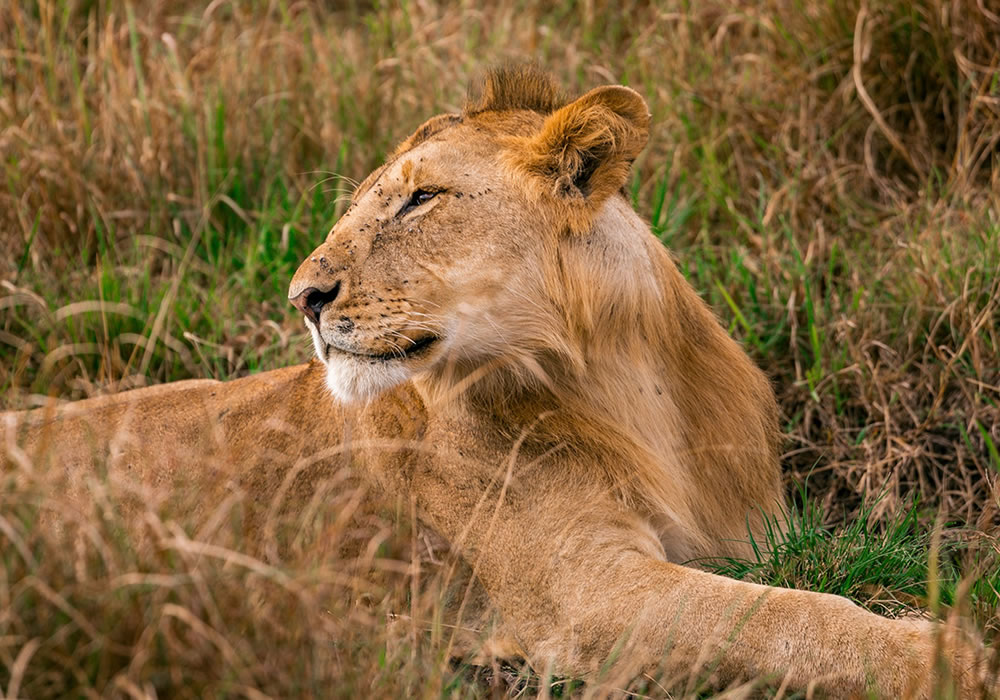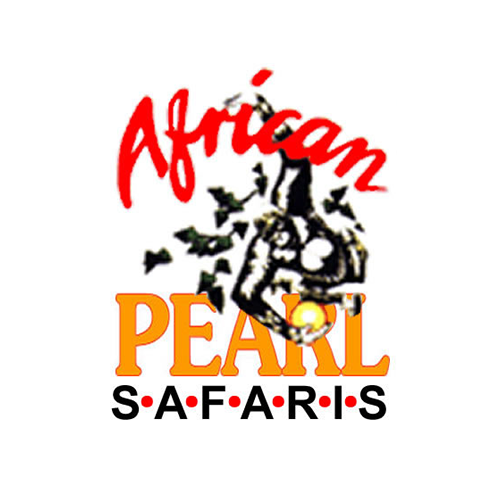Queen Elizabeth National Park is the most sought of conservation area in Uganda when it comes to birds, it is the second largest national park in Uganda known for the tree climbing lions in the southern sector, and the park is the only place to find these mammal types covering an area space of approximately 1978 square kilometer stretching through an open savannah and the unique gorge having a tropical forest. The park is place at an altitude between 910-1390m above sea level, it was gazette in 1952 as a way of protecting the species that lie within the protected eco-system.

This park was previously called the Kazinga national park, following the visit of the Queen Elizabeth the second of England, the parks was renamed to its current name, the wildlife of the national park has been conserved over time, the park spans the equator line, the Katwe explosion area marks the highest point of and the lowest is towards the Lake Edward, the bio diverse eco system contains an open savannah, humid forests, lakes and crater lakes dotted within the national park, these support wildlife including the African buffaloes, the African elephants, Uganda Kobs, lions, leopards, waterbucks, topi, elands. The national park is a designated place for birds out of the 1070 species present on the Uganda count, 600 can be found within the national park
Queen Elizabeth National Park provides a range of habitat for large mammals, out of the big five of the wilderness (Lions, leopards, rhinos, elephants, buffaloes) four of these can be found in the park, popular activities include game drives along the Kasenyi plains, expect to see lions, water bucks, elephants, buffaloes, to mention a few. The Kazinga channel is well known for boat cruise down the course of the channel, it’s a must do for the cruise a unique activity with an opportunity to see a fusion of wild animals along the banks within and on either side of the channel. The boat cruise is operated two times a day in the morning and the afternoon, the area is known for its high concentration of hippos in the world, many animals come to the river side to enjoy drinking water and greener pastures. The south of the park Ishasha sector game drives are to see the tree climbing lion in the fig trees, experiential lion tracking is done in the park a must see of the lions, visit the Katwe salt lake region you will witness many fishermen and salt miners around this region. The bird list of the park is quite impressive.
Kyambura Gorge in the park can easily be missed it is home to primates and is known for the chimpanzee there are habituated chimpanzee troops for guest visit in the national park, these are said to share up to 98% of the human DNA, they are characterized by their loud sound, this activity is done in the morning and in the afternoon. The national park can be accessed by road it is approximately 410 square kilometers to the north of fort portal town, chatter flights can be organized to the national park to land at the Kasese airstrip and it is accessible all year round but best during the dry season of December – February and June –mid September, it should be noted that the dry seasons are not very dry it rains some days of these months, it is advisable to carry insect repellants, sunscreen, boots, long sleeved shirts and trousers and any other items of personal nature, trips to the conservation area can be arranged to be combined with other African wildlife safaris.
